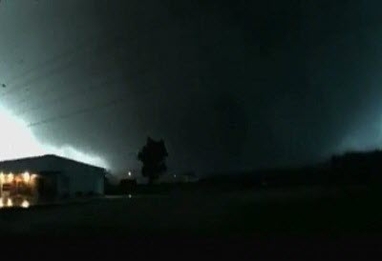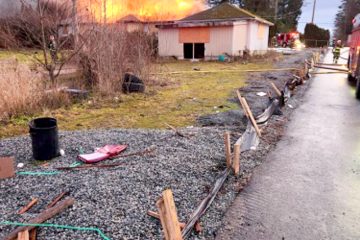The Joplin Tornado: Lessons in Resilience and Recovery

Introduction
The Joplin Tornado, which struck on May 22, 2011, is one of the deadliest tornadoes in U.S. history, claiming 158 lives and causing severe destruction. This catastrophic event remains significant not just for its immediate impact but also for the ongoing recovery and lessons learned in disaster preparedness and response. As Joplin continues to rebuild, the story of resilience highlights the importance of community support and effective emergency management.
The Events of May 22, 2011
The tornado, classified as an EF5 with winds exceeding 200 mph, tore through Joplin, Missouri, devastating approximately one-third of the city. Over 7,000 structures were damaged or destroyed, including homes, schools, and hospitals. The aftermath was characterized by chaos, with first responders working tirelessly amidst the wreckage to assist victims and begin rescue operations. The community faced not only physical loss but also emotional trauma, requiring long-term support for those affected.
Impact of the Disaster
The direct economic losses were estimated over $2.8 billion, with the recovery process being a long and challenging road. Infrastructure was broken, families displaced, and services disrupted. The tornado prompted a reevaluation of building codes and emergency responses in severe weather situations, encouraging other cities to bolster their disaster preparedness frameworks.
Community Response and Recovery Efforts
In the years following the tornado, Joplin has made significant strides in rebuilding its community. Local organizations, such as the Joplin Recovery and Relief Fund, mobilized to provide immediate support and long-term recovery resources. Federal aid, including assistance from the Federal Emergency Management Agency (FEMA), was crucial in helping the city restore essential services. Community members banded together to provide mental health resources and counseling, recognizing the psychological toll of the event.
Lessons Learned and Moving Forward
The Joplin Tornado serves as a case study for disaster management experts. The importance of public education on tornado safety and the establishment of effective early warning systems has gained recognition since the event. Joplin’s experience highlights the need for communities to prepare not only for the physical rebuilding process but also for the emotional and psychological recovery of their residents.
Conclusion
The legacy of the Joplin Tornado is one of both tragedy and resilience. As the city continues to heal and rebuild, the lessons learned during this disaster serve as a framework for other communities to enhance their preparedness and response strategies. For Joplin residents, the journey of recovery represents not only a reclamation of their home but also a testament to the strength of community and the human spirit in the face of adversity.









